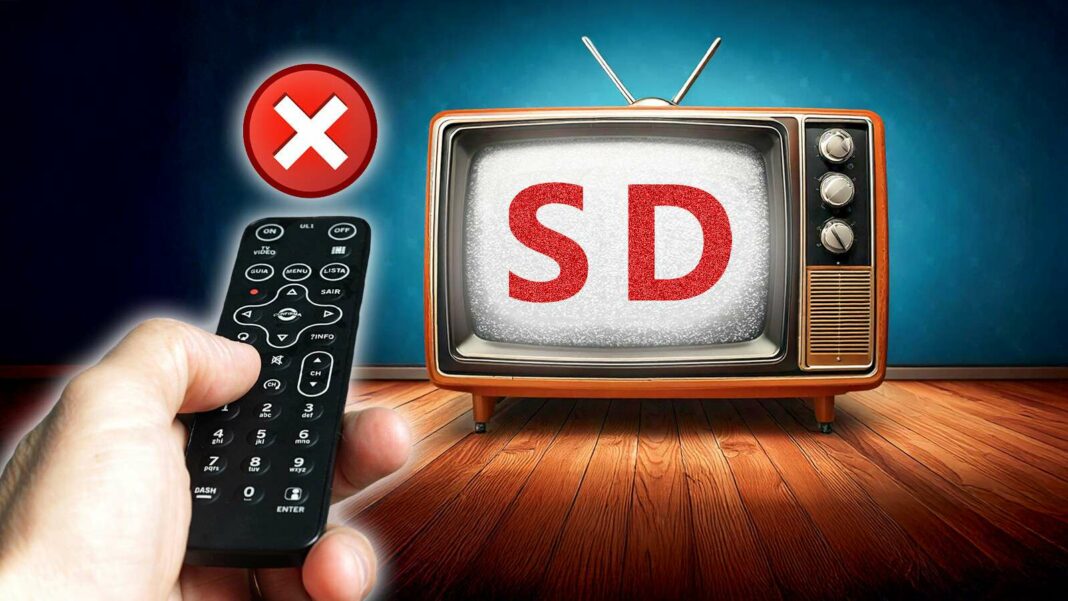This year marks a pivotal shift in television broadcasting as Standard Definition (SD) transmissions are being phased out in favor of High Definition (HD). By January 2025, ARD channels will cease SD broadcasts, followed by ZDF in November. Most households in Germany are already HD-ready, and the transition aims to enhance picture quality while reducing distribution costs. Viewers must ensure their TVs support HD reception, with options for upgrading if necessary. Austria and Switzerland have also embraced this HD transition.
Transition from Standard Definition to High Definition Broadcasting
This year marks a significant shift in television broadcasting as channels are phasing out Standard Definition (SD) transmissions. From now on, viewers will only have access to programs in High Definition (HD). This transition is driven by the inadequate picture quality of SD, which was once suitable for older television models but fails to meet the demands of today’s larger screens. Consequently, viewers often experience blurry images on modern devices. In contrast, HD channels provide a much higher video resolution, ensuring that images are clearer and more detailed.
Timeline for Channel Shut Down and Future Broadcasting
According to ZDF, almost every household in Germany is already equipped to receive television programs in HD. By discontinuing SD programming, the broadcasting service aims to cut costs associated with program distribution while also adhering to public expectations for responsible management of broadcasting fees.
As of January 7, 2025, all ARD channels, including regional stations such as WDR, NDR, MDR, BR, rbb, SR, and SWR, will cease to be available in SD quality. ZDF has also announced that it will stop SD broadcasting on November 18, 2025, which includes its channels ZDFneo, ZDFinfo, 3sat, and KiKA.
Major private broadcasters in Germany, such as ProSiebenSat.1 and RTL, will continue to offer SD programming, and there are currently no updates regarding their plans to switch exclusively to HD.
This shutdown will affect both satellite and cable receptions. The two largest cable operators in Germany, Pyur and Vodafone, will no longer provide ARD programs in SD starting January 7, 2025, coinciding with the final satellite distribution of ZDF programs on November 18, 2025.
Ensuring Your TV Supports HD Reception
To determine if you can receive channels in HD, check the total program list on your television. HD channels are typically marked with “HD” next to the program name and the television logo. An HD-capable TV or compatible receiver is essential for viewing these channels.
To see if your device supports HD reception, simply search for the model name online. Most televisions manufactured within the last decade should support HD. In cases where the device does not support HD, a suitable receiver with DVB-S2 capabilities can be purchased, often for under 50 euros on platforms like Amazon.
For those looking to access HD channels, an automatic channel search is generally all that’s needed. By pressing the settings button on the remote, you can select the appropriate search option. For satellite reception, ensure to choose DVB-S2 as the signal source, while for cable, select DVB-C. If some programs are already available in HD, a manual channel search may be beneficial.
It’s important to note that Austria and Switzerland have also transitioned to HD broadcasting. ORF, the public broadcaster in Austria, discontinued its SD channels in tandem with ARD on January 7, while the Swiss Radio and Television Company ended SD broadcasts back in February 2016. This collective move among German-speaking countries highlights a growing commitment to modern broadcasting standards.
